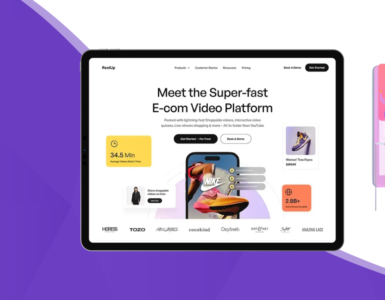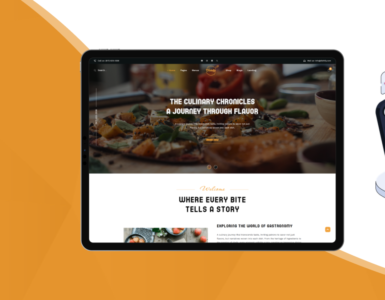If you are an online merchant planning to launch an e-commerce website, you should strongly consider Magento development. Magento—now part of Adobe Commerce—continues to be one of the most robust and flexible e-commerce platforms available.
According to BuiltWith, over 130,000 websites are actively using Magento in 2025, making it a preferred choice for scalable and secure online stores. With Magento, you get a compliant shopping cart system, advanced catalog management, powerful marketing tools, and built-in SEO features. It also offers unmatched customization and improves customer engagement.
Here’s a curated list of 10 top-tier e-commerce websites built with Magento. These global brands have leveraged Magento for its structure, speed, user experience, and navigational ease. If you’re building an e-commerce platform, these examples will inspire you—and give you points to discuss with your Magento development team
1. Cox & Cox
Cox & Cox, a UK-based furniture and textile retailer, is a vibrant example of a Magento-powered e-commerce site. The clean interface, mobile responsiveness, and lightbox popup for email signups highlight its marketing focus. Their use of multi-layered filtering and an intuitive checkout ensures a seamless shopping journey.

2. Nestlé Nespresso
A part of the Nestlé Group, Nespresso has been using Magento since 2009. The site showcases coffee capsules and machines, offering a sleek mobile experience and intuitive navigation. With a consistent user interface and mobile-first design, Nespresso offers a compelling example of how Magento can power international e-commerce.
Learn more about Adobe Commerce (Magento)
3. Nike
Yes, Nike—a brand recognized globally—has used Magento Commerce for several regional websites. The Magento platform allowed Nike to build a customizable and geo-targeted experience. Customers can browse effortlessly, filter products, and even get redirected to region-specific stores.
Fun Fact: Their Magento sites include products from other brands and offer real-time inventory syncing—showcasing Magento’s flexibility.

4. Graze
Graze, the healthy snack food giant, uses Magento to promote a unique brand identity and deliver a fast, responsive experience. Their landing pages are optimized for speed, which improves conversion rates. The use of custom Magento solutions makes the UX smooth while reflecting their health-first philosophy.
5. Helly Hansen
For a category-specialized e-commerce store, Helly Hansen is a fantastic Magento example. This sports gear and apparel brand uses Magento to manage both B2C and B2B platforms. Their Pro Store for athletes runs parallel to a public-facing store, showcasing Magento’s ability to handle multi-channel commerce seamlessly.

6. Christian Louboutin
Known for their red-soled shoes, Christian Louboutin’s Magento website is all about luxury and speed. The interface emphasizes the products while ensuring rapid page loads, maintaining an immersive brand experience. The site also handles global sales, reflecting Magento’s multi-language and multi-currency capabilities.
7. Ford Accessories
Ford, the American automotive giant, has been using Magento since 2012 for its accessories store. The platform enables customers to order genuine car accessories online, offering real-time stock updates and vehicle compatibility filters. It’s a stellar example of how even non-traditional e-commerce brands can use Magento effectively.
You can explore other enterprise-level examples in our guide to enterprise e-commerce development.

8. Paul Smith
British designer Paul Smith’s Magento store is visually rich and brand-centric. The site features vibrant colors, intuitive design, and an engaging story section. Customers can easily find sizing guides, add to wishlists, and navigate a product-rich catalog with ease. This proves Magento can handle both design-heavy and functionally dense stores.
9. The Irish Store
Focused on Irish craftsmanship, The Irish Store uses Magento to showcase local artisans and authentic Irish products. The platform supports international shipping and won the Best Magento Website Award in 2017. By promoting local sellers through a global lens, this site reflects how Magento can empower community commerce.
10. Boodles
Luxury jeweler Boodles uses Magento for its bespoke, story-driven website. Instead of promoting deals on the homepage, Boodles uses it to share high-quality video content—enhancing the luxury brand narrative. The Magento back-end allows them to offer personalization options while maintaining a premium feel.

Final Thoughts
These examples prove Magento’s adaptability and scalability across industries—fashion, food, luxury, sports, and even automobiles. As of 2025, there are over 250,000 active Magento stores worldwide, each customized for specific goals.
If you’re planning to build a similar platform, explore our detailed blog on Custom Magento Development Services to get started.
Need expert help? Contact our certified Magento developers today and let’s turn your e-commerce vision into reality.
























